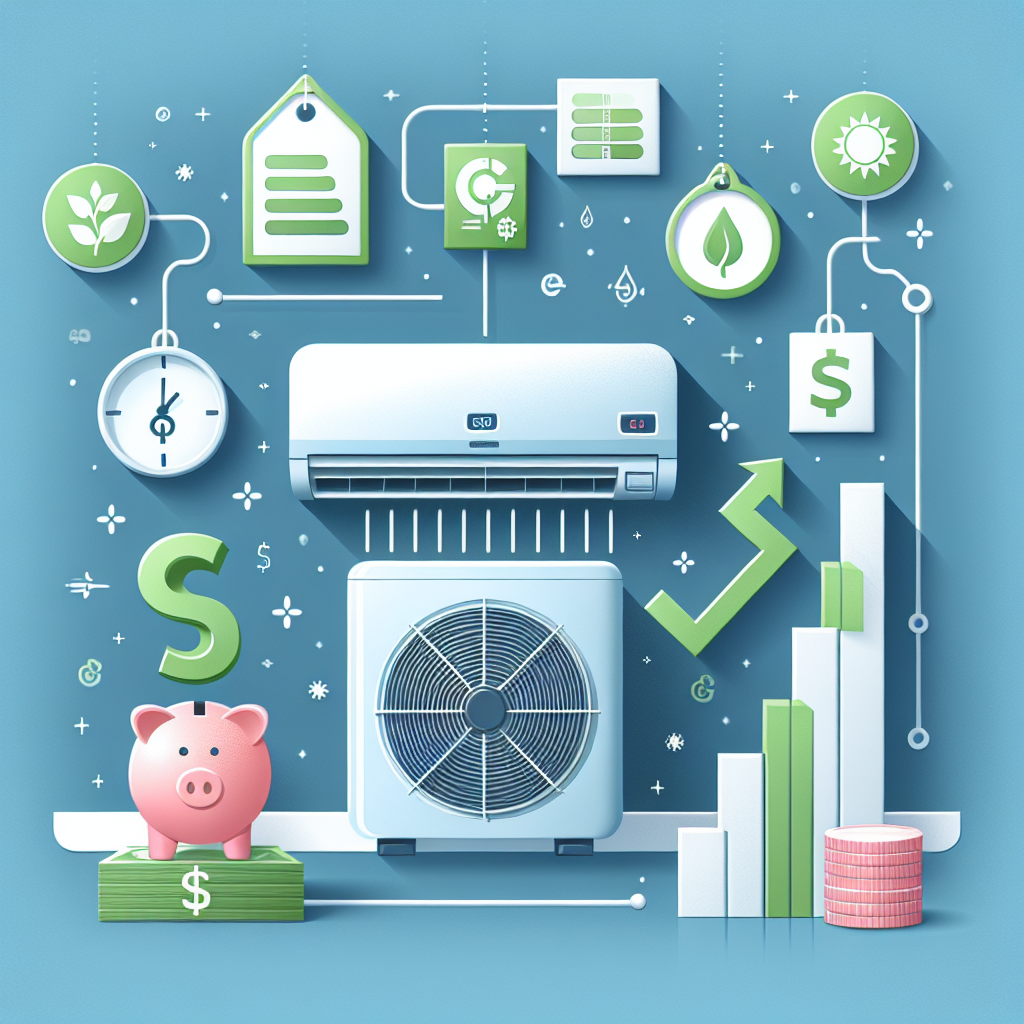As summer approaches, the demand for air conditioning systems soars. With temperatures rising, finding a cost-effective cooling solution becomes a priority for households. But how can you be sure you’re choosing an affordable air conditioning system without breaking the bank? This guide will provide you with practical tips to make a savvy purchase while keeping your budget intact.
Understanding Energy Efficiency Ratings
What is SEER?
Before diving into your air conditioning options, it’s essential to understand energy efficiency ratings. The Seasonal Energy Efficiency Ratio (SEER) is a crucial metric that measures an air conditioner’s cooling output during a typical cooling season divided by its energy consumption. In simple terms, the higher the SEER rating, the more efficient the unit. While units with higher SEER ratings may have a higher upfront cost, they often lead to long-term savings on energy bills.
Finding the Right Balance
While it’s tempting to go for the highest SEER available, assess your climate and usage. For most moderate climates, a SEER rating between 14 and 16 is typically sufficient, providing a good balance of efficiency without exorbitant costs up front.
Consider the Size of Your Space
The Importance of Proper Sizing
Choosing the right size air conditioning system is crucial. An overly large unit may cool your space quickly but will run inefficiently, leading to higher energy bills. Conversely, a system that’s too small won’t cool your home adequately, causing it to work harder and consume more energy.
Get a Professional Assessment
Hiring a professional to evaluate your space can save you money in the long run. They can perform a Manual J calculation, which considers factors like your home’s size, layout, insulation, and local climate. A correctly sized unit not only improves cooling efficiency but also prevents unnecessary wear and tear on the system.
Exploring Different Types of Air Conditioning Systems
Central Air Conditioning
If you have a larger home, a central air conditioning system might be your best option. While the initial installation costs can be high, central units often have better energy efficiency and can cool your entire home evenly. Plus, they can be paired with your existing heating system to further reduce costs.
Ductless Mini-Split Systems
For those without existing ductwork, ductless mini-split systems are an excellent alternative. These systems are easier to install and allow for zoning, which means you can cool specific areas of your home without expending energy on unused spaces. Many modern mini-splits also have high SEER ratings.
Window Units and Portable ACs
If you’re working with a tight budget or only need to cool one or two rooms, window units or portable air conditioners can offer an affordable solution. While they may not be as energy-efficient as central systems or ductless mini-splits, they require a lower upfront investment and can effectively cool specific spaces.
Take Advantage of Rebates and Incentives
Research Available Programs
Many local governments and utility companies offer rebates and incentives for purchasing energy-efficient HVAC systems. Research available programs in your area before making your purchase. These financial incentives can significantly decrease the overall cost of a new air conditioning system.
Regular Maintenance for Long-Term Savings
The Importance of Routine Check-Ups
Regular maintenance can prolong the life of your air conditioning unit and improve its efficiency. Schedule annual check-ups with a licensed HVAC technician to ensure that your system is running optimally. Simple tasks, like changing air filters and cleaning the fins and coils, can improve efficiency and save money in the long run.
DIY Maintenance Tips
You don’t need to wait for a technician to perform all maintenance work. Change the filters every 1-3 months and clean any debris around the outdoor condenser unit to ensure optimal airflow. These simple tasks can help maintain efficiency and reduce costly repairs down the line.
Conclusion: Choose Wisely for Maximum Savings
Choosing an affordable air conditioning system involves careful consideration of energy efficiency, size, type, and available financial incentives. Investing time in research and planning can ultimately lead to significant savings on both installation costs and energy bills. Remember, a well-maintained air conditioning system will serve you well for years to come, providing comfort when it matters most—all while keeping your finances in check. With these tips, you can confidently choose a cooling solution that fits both your needs and your budget.


